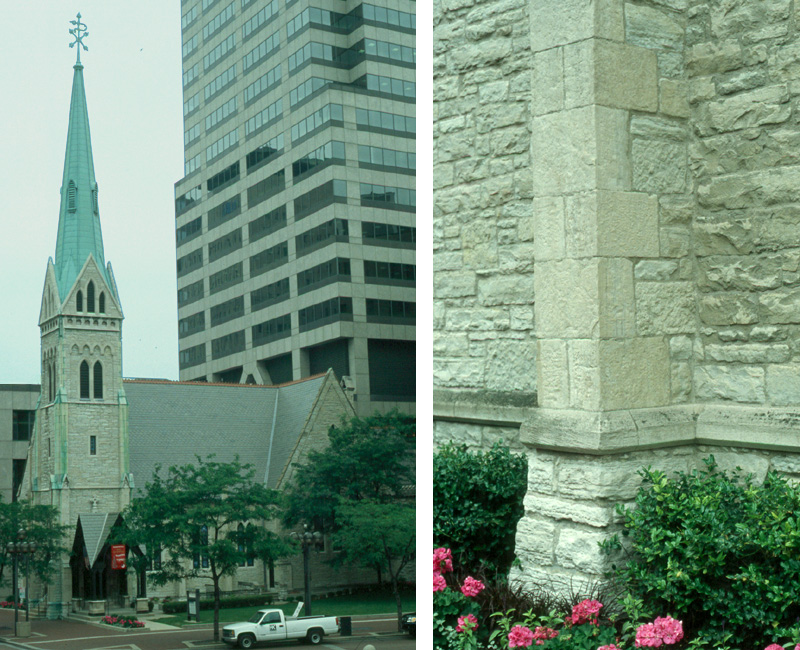
The church is built of three limestones quarried in Indiana. They can all be seen on the right side of the image above.
The range of ages of limestone used thus span about 70 million years, from the mid-Silurian (about 420 million years ago) to the early-to-mid Devonian (about 390 million years ago) to the early-to-mid Mississippian (about 350 million years ago). Each of the limestones consists of sediment deposited on the seafloor, evidence of the extent to which central North America was flooded by seas repeatedly in the Paleozoic Era.The walls of the church are Laurel Limestone, a fine-grained irregularly-bedded pale green limestone of Silurian Age. A section of the south wall is shown in the first image below.
The quoins and buttresses are Jeffersonville Limestone, a finely laminated fine-grained limestone of Devonian age. The second image below shows a buttress of blocks of Jeffersonville; the blocks are turned with the bedding alternately horizontal and vertical, and tool marks left from dressing the stone can be seen too.
The steps, door and window frames, lintels, and belt course are Salem Limestone, a coarse-grained limestone of Mississippian age. The third image below shows a belt course (a horizontal band of stones) of Salem.
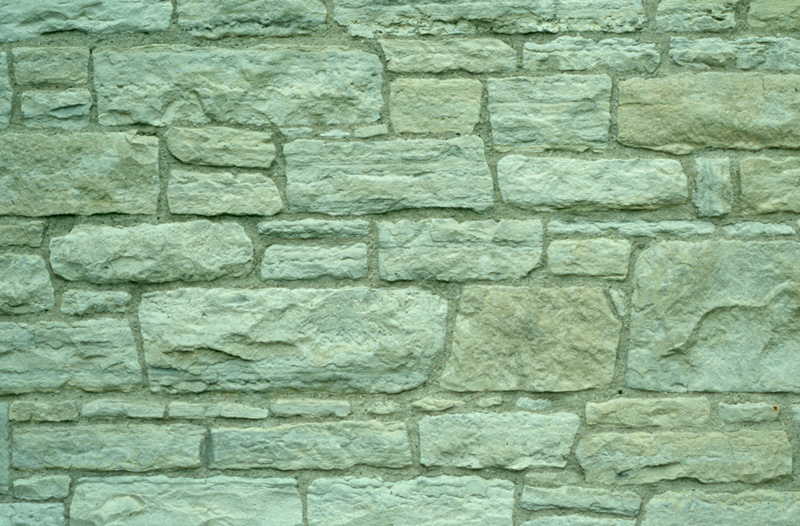
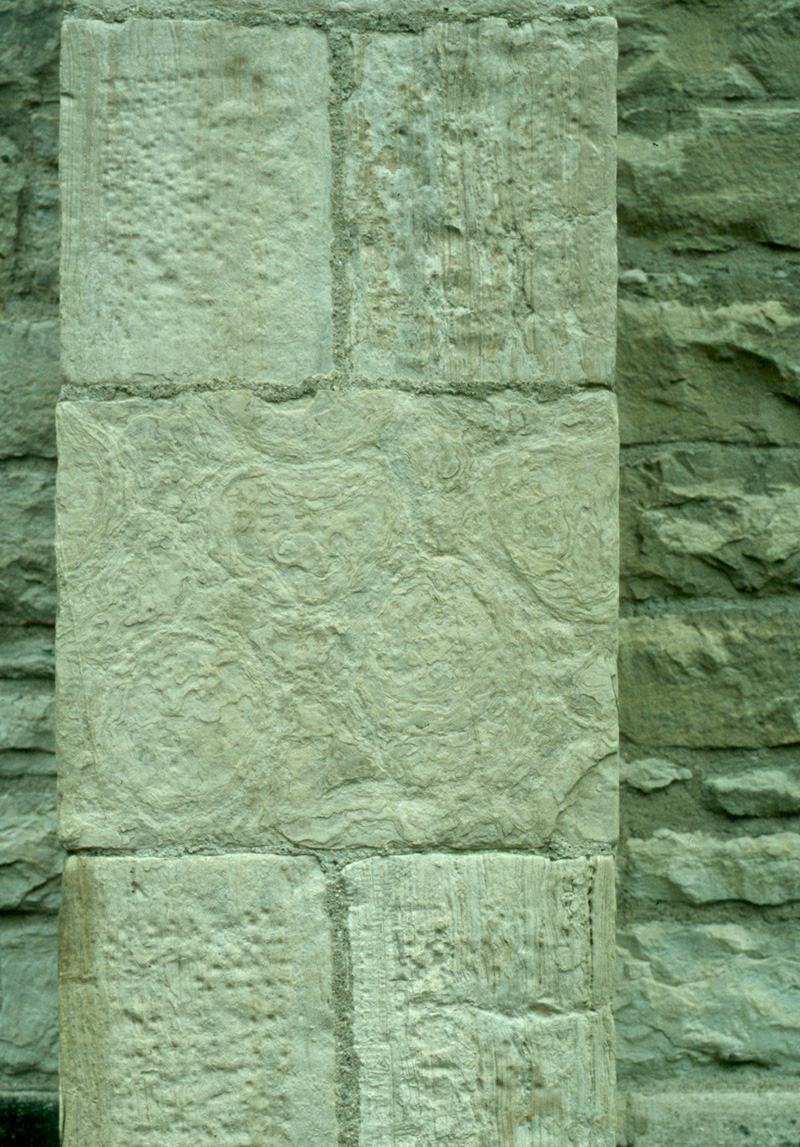
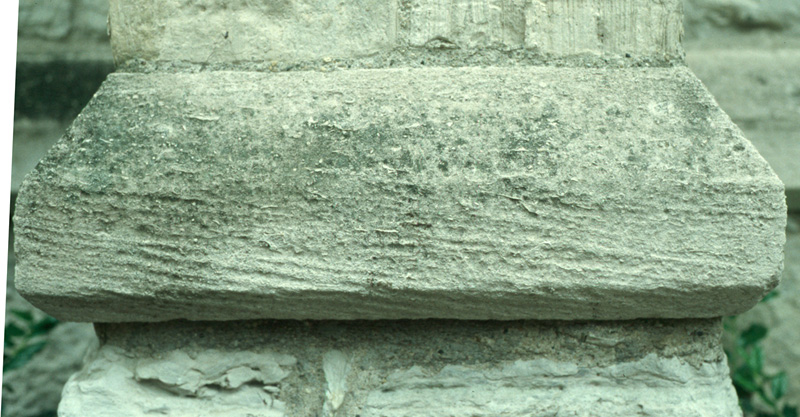
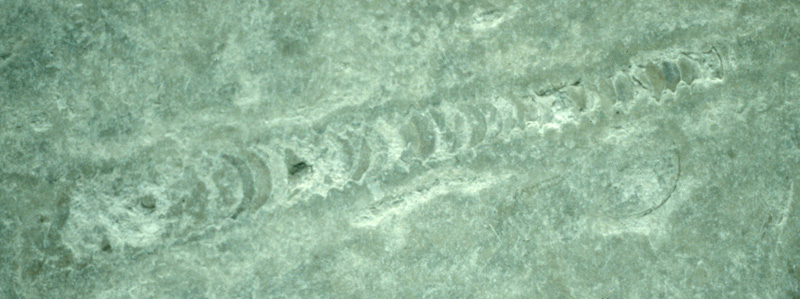
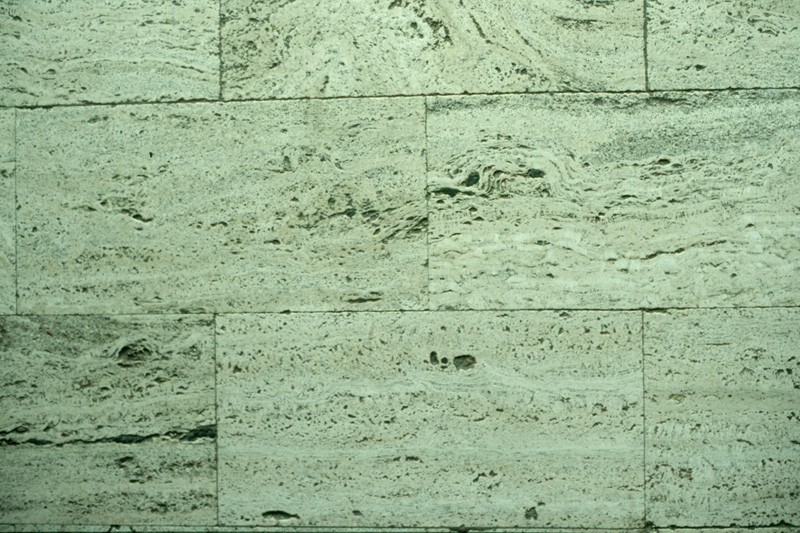
___________________________
Acknowledgments: Much of the information reported above about stone in Christ Church Cathedral comes from the very useful Guidebook of Building Stones in Downtown Indianapolis by Dr. Art Mirsky of the Department of Geology of Indiana University - Purdue University at Indianapolis (IUPUI). The information regarding the history of the church is from A Walking Tour [of] Christ Church Cathedral, a twenty-page pamphlet that describes the features of the church in great detail without mentioning its stone. In a remarkable feat of denial, the pamphlet actually refers to the church as "brick and mortar" rather than limestone and mortar.